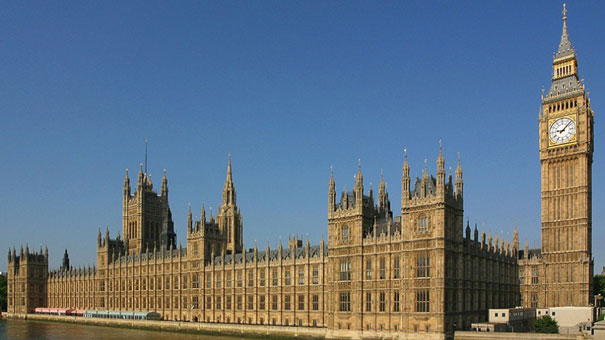With effect from 26 October, the Levelling Up and Regeneration Bill passed into law, as the Levelling Up and Regeneration Act 2023 (LURA). However, the final version of the Act is yet to be published online.
The new laws will speed up planning, according to government, as it works to deliver on its commitment to deliver one million homes over the life of this Parliament. In addition, government maintains that the LURA will also hold developers to account, cut bureaucracy and underpin the creation of new local authority plans to enable more housing.
Custom and self build
As expected, the LURA has brought some clarity to the Right to Build legislation with the removal of the word “suitable” from the clause: “Duty to grant sufficient planning permission for self-build and custom housebuilding”. This amendment that was put forward by government as part of the review process, and is supported by NaCSBA.
This paves the way for secondary legislation to be clearer in regards to local authorities when to comes to counting plots, which is welcome.
Wider changes
As part of its streamlining of planning, the LURA sets out fewer requirements for evidence for planning applications, with a focus on early-stage planning. Money has been provided to support local authorities with staffing and to address the backlog of applications and planning breaches.
To support this, there is also a planning fees increase, with major applications going up by 35% and minors by 25%.
Importantly, the Act will also modify the National Policy Planning Framework, most particularly in the removal of the need for a five-year housing land supply in areas where the local plan is up to date.
Each local authority must also prepare a design code for its area, communities will get more power about their locality through new ‘street votes’
New Infrastructure Levy
The current arrangements for Section 106 payments will change, with the introduction of the new, non-negotiable Infrastructure Levy to replace the Community Infrastructure Levy (CIL). Unlike the CIL, which is charged per square metre, the new levy will be calculated on the end value of a scheme, with the money raised funding infrastructure and affordable housing.
Many in the industry, including the National Housing Federation, believed that the new Infrastructure Levy could result in few affordable homes being brought forwards than under the previous system. Consequently, the LURA addresses this, ensuring that new measures maintain, or exceed, previous figures.



